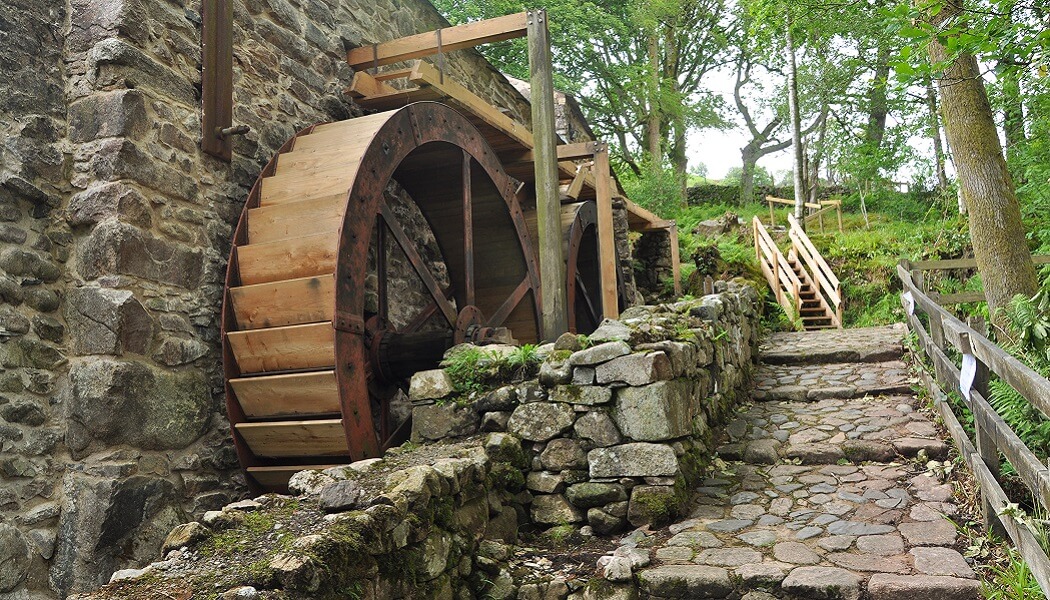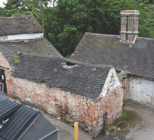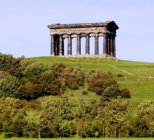Through the project, both the mill’s traditional waterwheels were restored to full working order and a new hydroelectricity generation plant installed. The latter was designed to work alongside Eskdale Mill’s waterwheels in powering the Mill Cottage and generating income by supplying electricity to the national grid through the Feed-in Tariff scheme.
Following the renovation, the newly-installed exhibition charts the mill’s history and explores the milling processes through interactive displays, artefacts throughout the building, and an interactive tour.
Kate Hughes, Eskdale Mill Manager, says the site is now “more than just an historic museum” as it offers “a sensory experience from the steady motion of the waterwheels, the rhythmic clattering of the internal milling machinery to the flowing water of the beck.”
Hughes added: “We’re proud to be continuing the UNESCO Word Heritage Site story by illustrating how this historic building was once a bustling hive of industry and community focal point.”
The mill, situated in the West Cumbria village of Boot, is flanked by a range of Grade II-listed structures, such as stables, a stone packhorse bridge, and an 18th-century Miller’s Cottage.
The Eskdale Mill organisation is now seeking to enhance its offering to visitors by recruiting a larger pool of volunteers to assist in areas such as visitor experience, mechanical operations and gardening.










